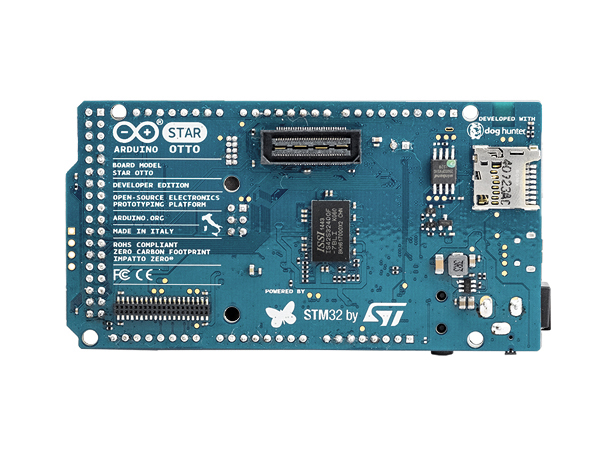


The board can operate on an external supply of 6 to 20 volts. Leads from a battery can be inserted in the Gnd and Vin pin headers of the POWER connector. The adapter can be connected by plugging a 2.1mm center-positive plug into the board's power jack. The power source is selected automatically.Įxternal (non-USB) power can come either from an AC-to-DC adapter (wall-wart) or battery. The Arduino Due can be powered via the USB connector or with an external power supply. You can find the board without headers at this link. This board is supplied with headers soldered. On the Product itself through our Customer Support.In the Getting Started section, you can find all the information you need to configure your board, use the Arduino Software (IDE), and start to tinker with coding and electronics. You can find your board warranty information here. An unconnected pin, reserved for future use.

This enables shield compatibility with a 3.3V board like the Due and AVR-based boards which operate at 5V. IOREF: allows an attached shield with the proper configuration to adapt to the voltage provided by the board.TWI: SDA and SCL pins that are near to the AREF pin.

The Due is compatible with all Arduino shields that work at 3.3V and are compliant with the 1.0 Arduino pinout. The board contains everything needed to support the microcontroller simply connect it to a computer with a micro-USB cable or power it with a AC-to-DC adapter or battery to get started. Applying voltages higher than 3.3V to any I/O pin could damage the board. The maximum voltage that the I/O pins can tolerate is 3.3V. Warning: Unlike most Arduino boards, the Arduino Due board runs at 3.3V. It has 54 digital input/output pins (of which 12 can be used as PWM outputs), 12 analog inputs, 4 UARTs (hardware serial ports), a 84 MHz clock, an USB OTG capable connection, 2 DAC (digital to analog), 2 TWI, a power jack, an SPI header, a JTAG header, a reset button and an erase button. It is the first Arduino board based on a 32-bit ARM core microcontroller. The Arduino Due is a microcontroller board based on the Atmel SAM3X8E ARM Cortex-M3 CPU.


 0 kommentar(er)
0 kommentar(er)
